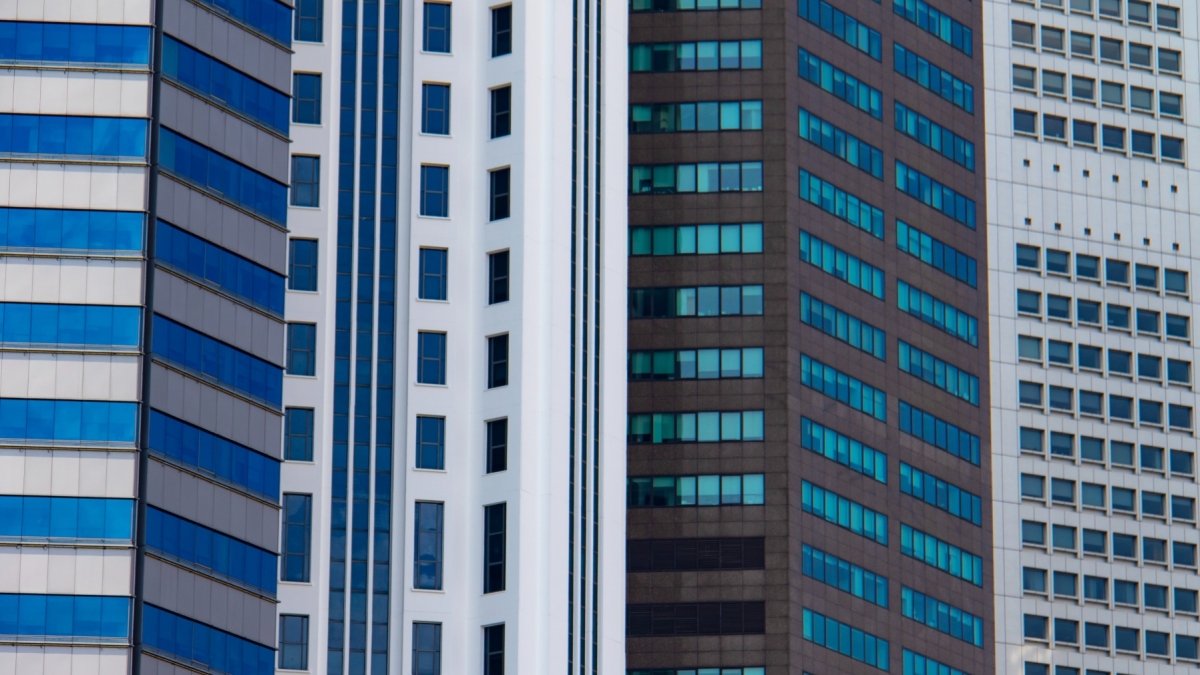 Photo by Nick Fewings on Unsplash
Photo by Nick Fewings on Unsplash
Why LBC rates of lands for commercial and industrial use did not increase
The recent rate hike ranges from 3.0% to 10.2%.
The Inland Revenue Authority of Singapore (IRAS) has raised the land betterment charge (LBC) rates anew except for land used for commercial and industrial purposes.
According to Tricia Song, head of research, Southeast Asia, of CBRE, the chief valuer could have decided to retain the current LBC rates for Use Group A (Commercial) given the absence of big-ticket office transactions.
"We believe this signals the government’s view of the resilience of commercial property values, despite higher financing costs and macroeconomic uncertainties," Song said.
Lam Chern Woon, head of research and consulting of EDMUND TIE. shared a similar sentiment, saying that most commercial transactions were "bite-sized and fell below $100 million."
" It is perfectly reasonable that the Chief Valuer would have kept LBC rates for Use Group A (Commercial) unchanged," Woon said.
Woon believes that industrialists were also offered some reprieve by the IRAS given the subdued manufacturing climate.
In the previous round of review, LBC rates for Use Group D (Industrial) rose 2.3%.
Whilst LBC rates remained unchanged for the two use groups, rates rose for the others, led by Use Group C (Hotel/Hospitality).
According to Woon, Use Group C saw the largest increase in LBC rates in the latest review.
"The average increase was 1% and marked the first increase since March 2019. During the pandemic, LBC rates for this group were generally left unchanged, save for a 7.8% downward adjustment in September 2020," Woon said.
"With border restrictions and safe-distancing measures fully, or all but fully lifted, the hospitality industry has been the main beneficiary as pent-up leisure travel demand boosted room and occupancy rates," Woon added.
Amongst sectors under the Use Group C, Tanglin, Orchard, City Hall, Marina Centre, and Marina Bay had the highest increases in LBC rates, rising 10.2%.
"We expect that the Chief Valuer would have also factored in the improved connectivity in areas like Tanglin, Havelock and Downtown, arising from new stations operating along the Thomson East Coast Line (TEL)," Woon said.
LBC rates likewise increased for Use GRoups B1 (residential, landed) and B2 (Residential, non-landed).
For Use Group B1, rates increased by 0.4% on average; however, SOng said 12 of the 118 sectors saw an increase ranging from 3% to 4%.
For Use Group B2, the average increase was 0.3%. Thirteen out of the 118 sectors under the use group saw an increase of 2% to 5%.
"Enbloc activities have been lacklustre so the few geographical sectors which saw increases were those which have seen a collective sale and GLS tenders. However the flattish LBC rates may not help move en-bloc activities much, especially as BSD has recently increased," Song said.
Wong believes the residential LBC rates were raised minimally on the back of a few factors, such as the cooling measures of Sep 2022, fairly limited and moderate land bids (GLS or collective sales), revisions to GFA definitions, and the recent BSD increases in Budget 2023.
“This would be a reprieve for developers looking to acquire land sites to shore up their land bank,” added Wong,
























 Advertise
Advertise






